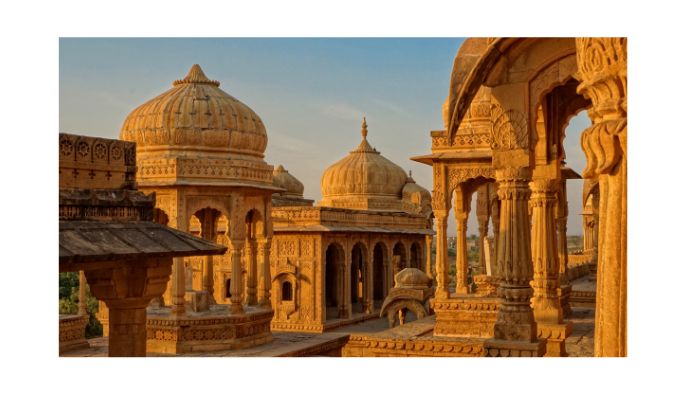Architectural Wonders: The Timeless Beauty of Indian Temples
India, a land of diverse cultures and traditions, is home to some of the most magnificent temples in the world. These architectural masterpieces stand as a testament to India’s rich history, artistic brilliance, and deep-rooted spirituality. From the towering gopurams of the South to the intricately carved temples of the North, Indian temple architecture is a reflection of devotion and craftsmanship that has withstood the test of time.
The Evolution of Indian Temple Architecture
Indian temple architecture has evolved over centuries, influenced by various dynasties and regional styles. The primary classifications include:
1. Nagara Style (North Indian Temples)
The Nagara style is characterized by its curvilinear shikhara (tower) and intricate carvings. Some famous examples include:
- Khajuraho Temples (Madhya Pradesh): Known for their exquisite erotic sculptures and detailed stone carvings.
- Konark Sun Temple (Odisha): A stunning chariot-shaped structure dedicated to the Sun God.
- Kashi Vishwanath Temple (Varanasi): One of the most revered Shiva temples in India.
2. Dravidian Style (South Indian Temples)
Found predominantly in Tamil Nadu and Karnataka, Dravidian temples are known for their towering gopurams (entrance towers) and elaborate sculptures. Notable examples include:
- Meenakshi Temple (Madurai): A magnificent temple complex with vibrant sculptures and grand halls.
- Brihadeeswarar Temple (Thanjavur): A UNESCO World Heritage Site, built by the Chola dynasty.
- Virupaksha Temple (Hampi): A historic temple reflecting the grandeur of the Vijayanagara Empire.
3. Vesara Style (Blending North & South Indian Styles)
The Vesara style emerged as a blend of both Nagara and Dravidian styles, prominent in Karnataka. Examples include:
- Hoysaleswara Temple (Halebidu): Known for its detailed stone carvings and impressive architecture.
- Chennakesava Temple (Belur): A masterpiece of Hoysala craftsmanship with intricate pillar carvings.
Symbolism & Spiritual Significance
Indian temple architecture is not just about grandeur but also deep symbolism. Every element, from the temple layout to the sculptures, holds spiritual meaning:
- Shikhara & Gopuram: Represent the connection between the divine and earthly realms.
- Mandapa (Pillared Hall): A place for devotees to gather and perform rituals.
- Garbhagriha (Sanctum Sanctorum): The innermost chamber where the deity resides, symbolizing the universe’s core.
- Intricate Sculptures: Depict mythological stories, celestial beings, and philosophical themes.
Preserving the Legacy
While these architectural marvels have withstood centuries, many temples face threats from urbanization, natural calamities, and lack of maintenance. Several organizations and government initiatives are working towards restoration and conservation to keep this heritage alive for future generations.
Conclusion
Indian temples are more than places of worship; they are historical treasures, showcasing the country’s artistic and spiritual legacy. Their intricate designs, breathtaking sculptures, and cultural significance continue to mesmerize visitors and devotees alike. Exploring these temples is like stepping back in time, witnessing the brilliance of ancient craftsmanship that remains timeless.
Have you visited any of these architectural wonders? Share your experiences in the comments!














Post Comment